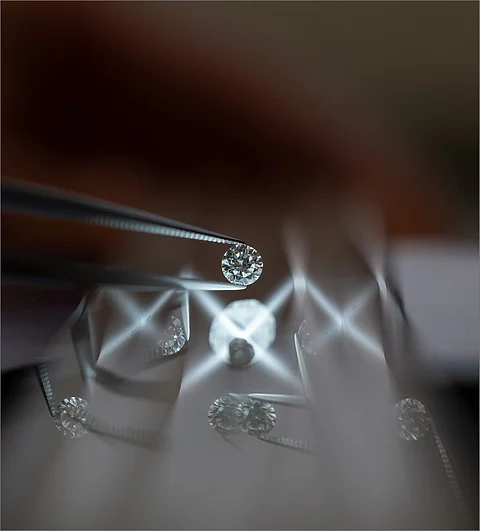

The Natural Diamond Council (NDC) has released two new reports aimed at empowering both retailers and consumers with factual insights into the evolving diamond landscape. The reports — Laboratory-Grown Diamond Facts and Fancy Colour Diamonds — cut through the clutter of misleading claims, particularly around sustainability, and reaffirm the rarity and cultural significance of natural diamonds.
In an era where greenwashing and confusion about lab-grown diamonds are on the rise, NDC’s findings bring much-needed clarity. The reports offer a fact-based comparison of natural and lab-grown diamonds, addressing everything from environmental impacts to value retention and market dynamics.
The Laboratory-Grown Diamond Facts report highlights that more than 70% of lab-grown diamonds are manufactured using coal-heavy power grids in China and India, often with water-intensive methods in already water-stressed regions. It raises concerns about misleading “carbon-neutral” claims, which frequently rely on carbon offsetting rather than full life-cycle emissions accounting.
The report also underscores that social sustainability factors — such as community development and employment — are largely absent from the lab-grown diamond sector.
From an investment perspective, the financial appeal of lab-grown diamonds is in steep decline. Prices have dropped nearly 86% over the past decade; a 1.5-carat stone priced at $10,750 in 2015 now sells for only $1,455, highlighting the lack of long-term value.
In contrast, the Fancy Colour Diamonds report celebrates the unmatched rarity and enduring appeal of naturally formed gems. These diamonds, shaped over billions of years beneath the earth, are prized for their unique hues, saturation, and tone — qualities that are beyond replication.
Key insights include:
Fancy coloured diamonds represent only a minute portion of global diamond recovery.
Their value is driven by colour over clarity, with red, pink, blue, and green hues commanding the highest prices.
The Pink Star, a 59.60-carat Fancy Vivid pink diamond, still holds the world auction record at $71.2 million.
Prices of fancy coloured diamonds have grown at a 5.7% CAGR over the last 20 years, according to the Fancy Colour Research Foundation.
The closure of the Argyle mine in Australia, once the leading source of pink diamonds, has further enhanced their scarcity and appeal.
Richa Singh, Managing Director – India & Middle East, Natural Diamond Council, stated: “In India, where natural diamonds carry deep cultural resonance, these reports are essential to addressing consumer curiosity and misinformation. While one report celebrates the rarity of natural diamonds, the other provides critical transparency into the lab-grown sector. Fact-based education supports informed decision-making and reinforces the legacy of natural diamonds.”
By offering transparent, research-backed narratives, the NDC reaffirms its commitment to preserving the value and cultural richness of natural diamonds, while urging stakeholders to look beyond marketing buzzwords.
